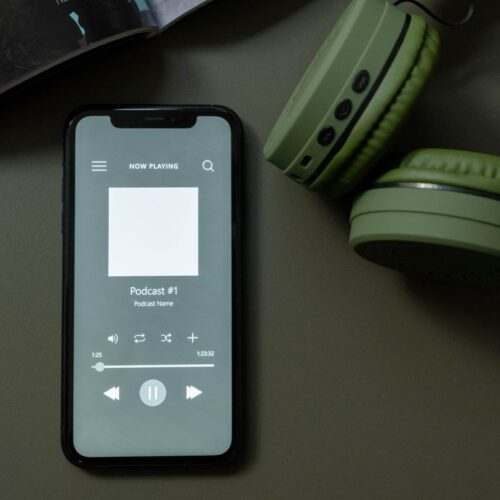
Piano rolls and black MIDI
In August 2018 I visited Amsterdam on holiday; it was a wonderful trip, full of the usual touristy activities. On the final day we visited the Pianola Museum; slightly out-of-the-way, cheaper than every other attraction, and almost entirely devoid of visitors when we arrived, it turned out to be the highlight of the trip.
A pianola is a player piano; a device that either attaches to a piano or is built inside a piano, and enables the instrument to essentially play itself. They became popular in the late 19th and early 20th century; they allowed wealthy people to enjoy music in their own home (prior to the introduction of phonograph records), without going through the trouble of learning an instrument themselves.
Pianolas use piano rolls; huge perforated sheets of paper. These perforations ‘tell’ the pianola what notes to play; originally these would be programmed by referring to sheet music, later live performances of pianists could be ‘recorded’ and converted into perforations.
At the Pianola Museum in Amsterdam, I was lucky enough to hear a performance by Prokofiev; the fact it is on a real piano, live, makes it so much more affecting than listening to a recording. The highlight, however, was the Conlon Nancarrow piano roll.
 The fact that piano rolls can be programmed (rather than recorded) allows for ‘impossible’ music to be created; compositions that could not be played by a human, but can be played by an automaton. Nancarrow was an American-born composer who specialised in writing music for piano rolls. In particular, his music explored rhythm and tempi in an extremely complicated fashion; superimposing different speeds, and employing unusual ratios of duration (rather than the simple ratios that are prevalent in most music e.g. a semibreve is twice as long as a minim, which is twice as long as a crotchet etc.)
The fact that piano rolls can be programmed (rather than recorded) allows for ‘impossible’ music to be created; compositions that could not be played by a human, but can be played by an automaton. Nancarrow was an American-born composer who specialised in writing music for piano rolls. In particular, his music explored rhythm and tempi in an extremely complicated fashion; superimposing different speeds, and employing unusual ratios of duration (rather than the simple ratios that are prevalent in most music e.g. a semibreve is twice as long as a minim, which is twice as long as a crotchet etc.)
This is clearly demonstrated in his Study for Piano Player No. 21, the ‘left hand’ part begins slowly and speeds up, the ‘right hand’ part begins impossibly quickly and slows down. The moment, at approximately 2:10, where both parts are temporarily in synch is particularly satisfying (in my opinion!)
Although he died in 1997, Nancarrow’s artistic legacy lives on in the invention of Black MIDI. Here, the piano rolls and perforations are replaced by digital information, allowing composers multiple parts and an incredible level of complexity. Some Black MIDI tracks have millions (and occasionally billions) of notes. Below is an arrangement of In the Hall of the Mountain King by Grieg – it begins simply, but gradually becomes ridiculous:
https://www.youtube.com/watch?v=p_c6uQHlhZ0
The MIDI information is not used simply for pitch content, but (by including a vast number of notes) the timbre is affected too, allowing for aggressive percussive sounds. Additionally, not only is the musical content important but the visuals are important too; the creator has managed to create a wild interpretation of a famous piece of music which looks as wonderful as it sounds.
|
|







Hey nice post and thanks for posting my Black MIDI on here, I really appreciate what you think about it haha 🙂
Hi Oscar! No problem, I really love what you do. I’d be fascinated to know how long it takes you to create something like the Grieg video.